Let’s check the main highlights if you don’t know about this big project. The main focus of this project is creating an End-to-end Open RAN compliant, UK-developed 5G SA network. It’s a complete Open RAN 5G SA network. A compact modular radio base station supporting all bands in 5G NR Frequency Range 1. The Portfolio […]
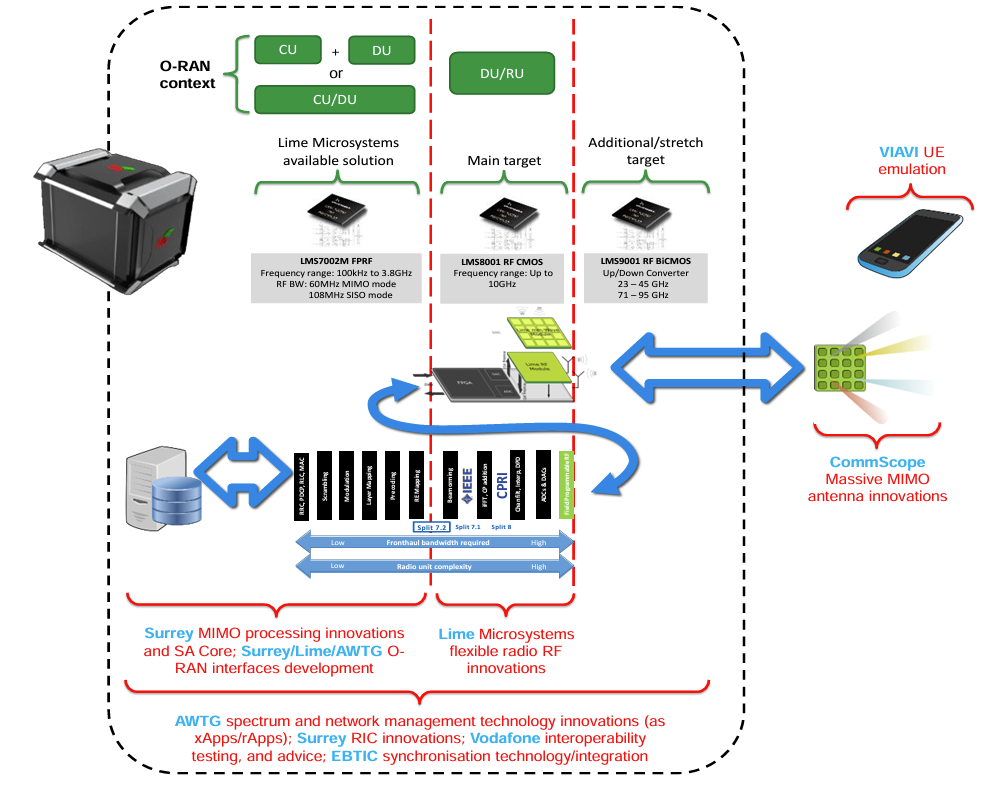
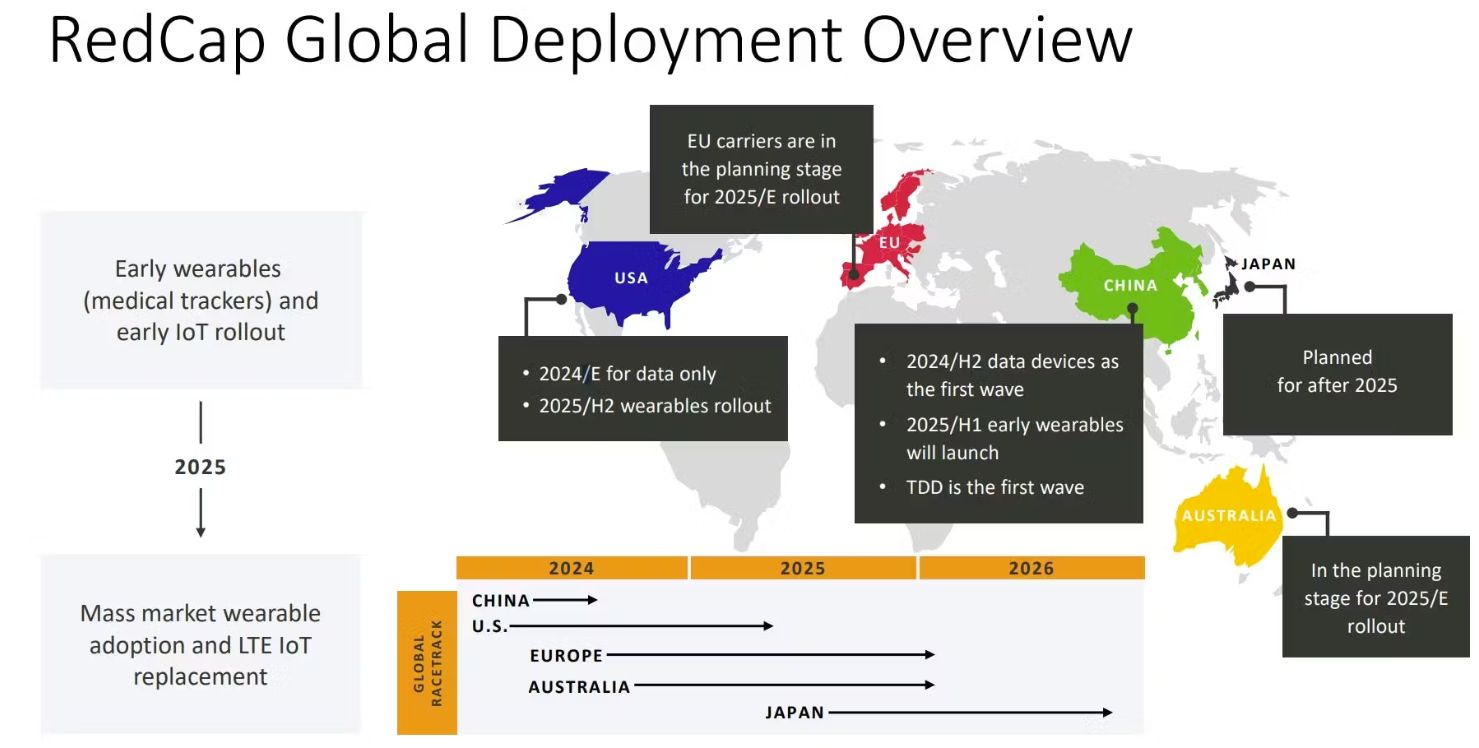
RedCap 5G NR = Reduced Capability 5G NR. As per Ericsson, It’s estimated that the number of connected IoT devices will reach nearly 39 billion by 2029, a significant increase over the number of expected smartphones at 7.7 billion. To help support the expected IoT device expansion, 3GPP introduced RedCap 5G NR, a significant addition […]
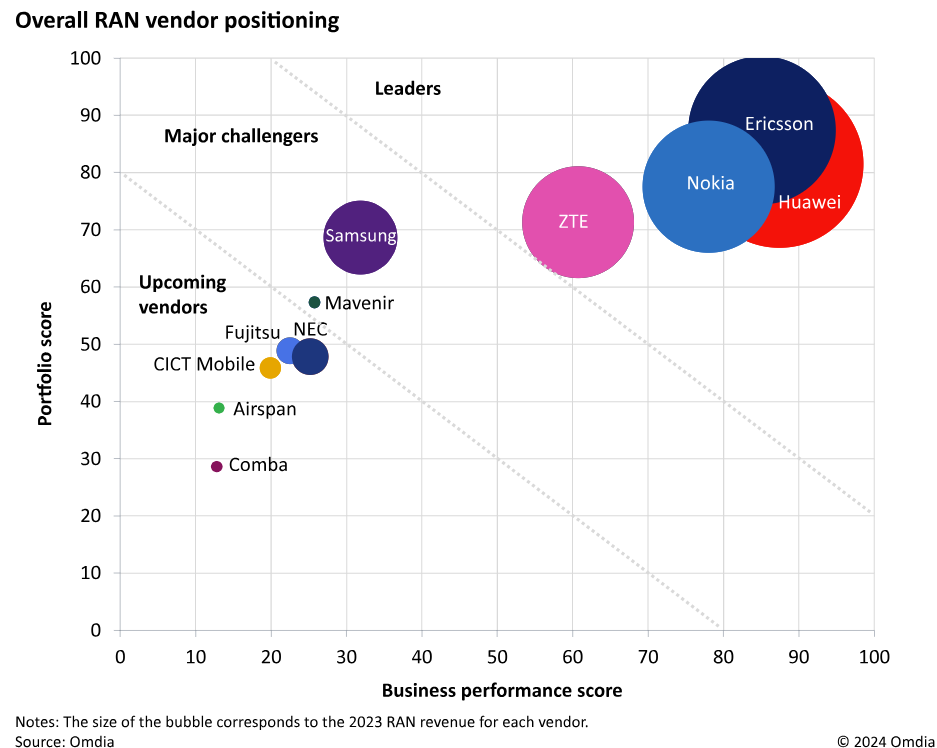
An interesting report from Omdia regarding ” Market Landscape: RAN Vendors 2024 “ The report is only for RAN Hardware and Software for macro base stations and small cells. Open RAN and vRAN are considered under the portfolio dimension, but they have no impact on the business performance dimension. Omdia does not suggest that open […]

When I searched for the impact of 4G and 5G frequency spectrum on health/medical sector/hospitals, I found good Japanese research by NTT Docomo about this topic and here I concluded the main points of the study and results. Research Area Electromagnetic interference with medical devices is caused by radio waves emitted from mobile phones and […]

📃In 2G and 3G, voice and text were the main services based on SS7 signaling. In these networks service availability was the priority. The Signal Transfer Point (STP) was the node that routed signaling messages. 📃In 4G, networks became data and media-centric and needed signaling to support smartphones and Apps. Signaling volume grew to support […]

Generally speaking, I see many use the same word for different meanings, sometimes they need to refer to O-RAN and write OpenRAN and vice versa. So let’s understand the main difference between them as below: Why Do We Need O-RAN? The strong push for Future RANs to be built on a foundation of virtualized network […]

Virtualization is a journey that the telecoms industry has been on for several years to transform network functions into virtual network functions (VNFs). The VNF software is then decoupled from the purpose-built hardware and run on standardized, common off-the-shelf (COTS) hardware. The interfaces between each component in such a setup may still be closed or proprietary. […]
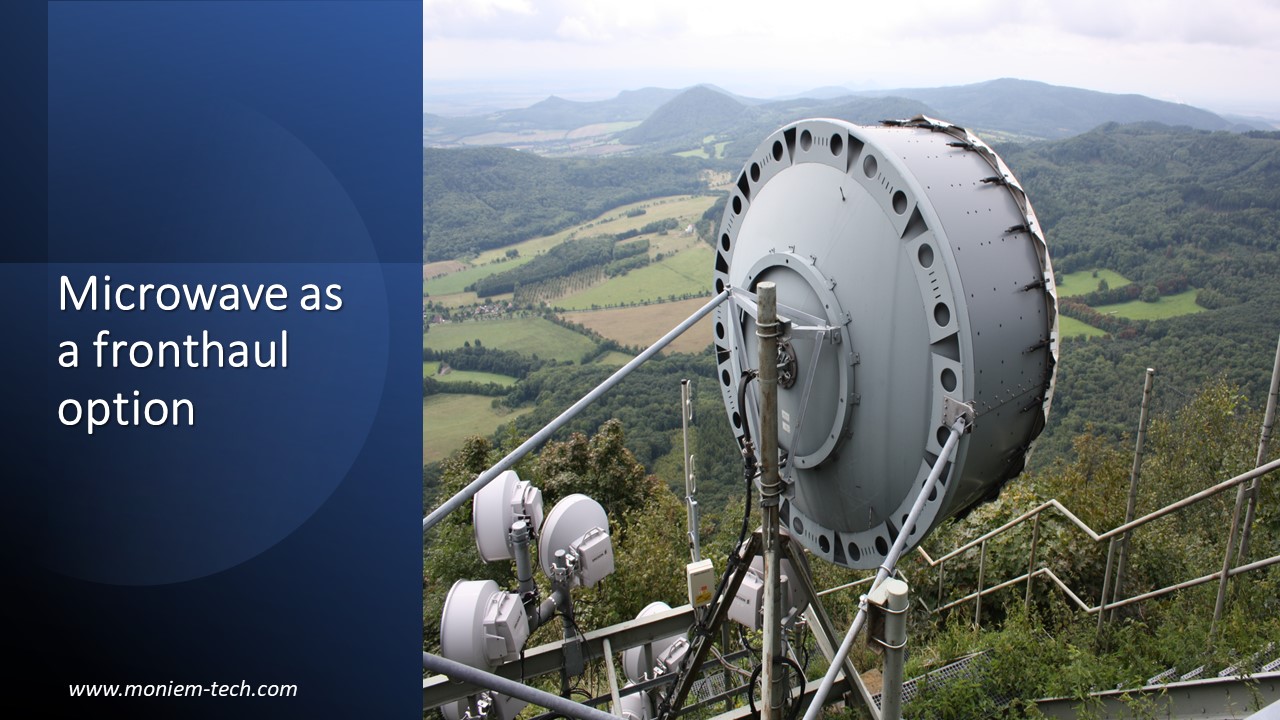
First, we need to understand the definition of Fronthaul. Fronthaul is the transmission connection between the Radio Frequency (RF) module and the baseband processing Unit (BBU) in the mobile wireless network. In the traditional distributed RAN or D-RAN, the fronthaul distance is short as the RF module and BBU are directly connected via optical fibers. […]
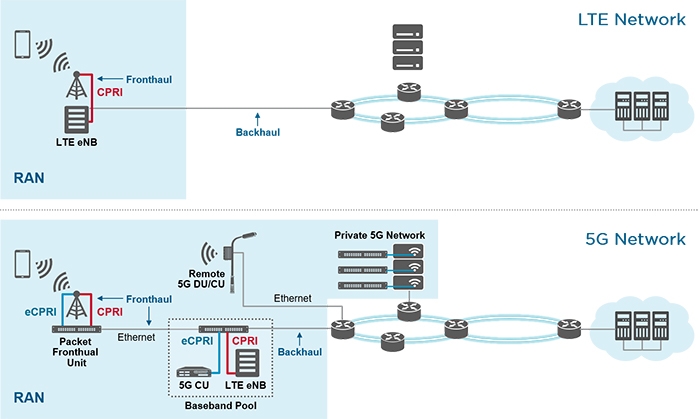
5G needs to move from CPRI to eCPRI because eCPRI uses standards-based Ethernet for fronthaul, replacing proprietary CPRI connectivity. This shift enables higher precision timing capabilities essential for vRAN and openRAN deployments on general-purpose server hardware, making the network more flexible and cost-effective. Why 5G needs moving from CPRI to eCPRI? eCPRI enhances 5G networks […]
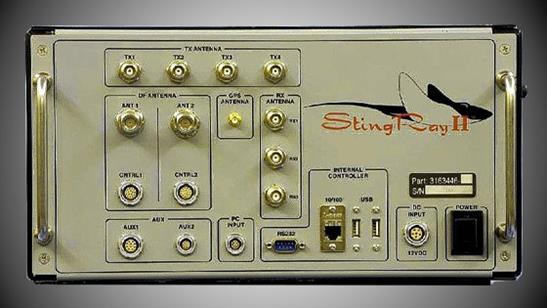
Before starting to talk about IMSI Catcher, we need to understand what is the IMSI, its importance, and its structure. Based on this, we will discuss the IMSI catcher. So let’s GO 🙂 What is IMSI? IMSI, International Mobile Subscriber Identity, is a unique static identity allocated to each subscriber in a mobile wireless system. […]

If you look at how security was addressed in the 4G core (EPC), you had perimeter devices, whether it’s firewalls, security devices that protect from denial of service attacks, or just security gateways at the periphery, and you had fewer vendors addressing the core infrastructure. So, if you have a single core vendor, the risk […]
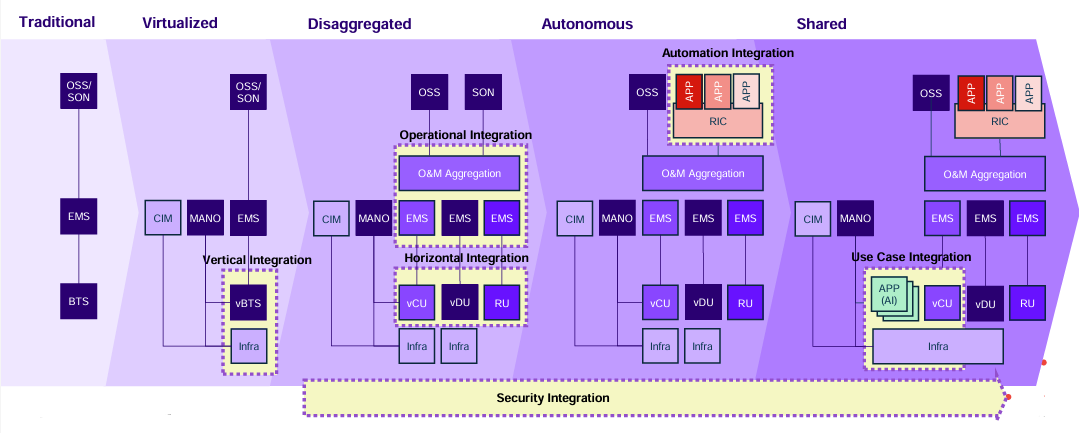
The biggest challenge in transitioning from traditional RAN to Open RAN is the integration of Open RAN components. Guess why! absolutely due to RAN itself getting disaggregated into smaller pieces coming from different vendors (multi-interoperability) in different layers (Horizontal and Vertical) from Control, User to Management. Below is the conclusion, I quoted from Tietoevry’s white paper about […]
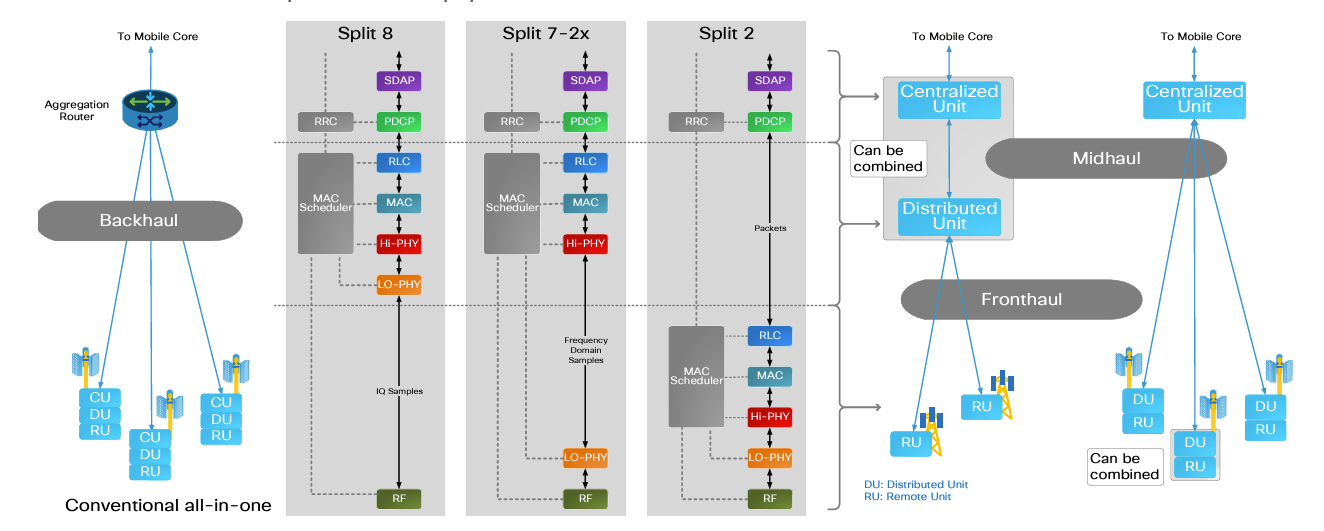
3GPP defined the functional splits in 38.801 to formalize potential protocol split options. Functional splits are intended to allow functions to run in a central location ( ex. Data Center ) Vs. distributed in the radio heads ( ex Site Location). There are 4 factors to be taken into consideration when choosing the right functional […]
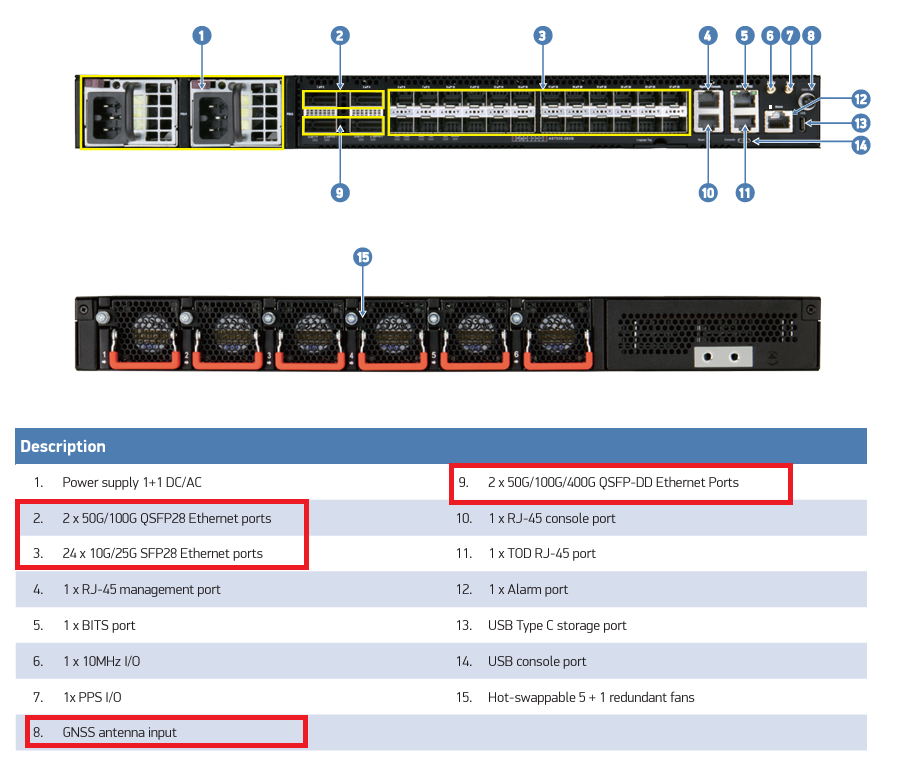
An Open RAN (O-RAN) is a nonproprietary implementation of a RAN that allows interoperability between cellular network equipment provided by different vendors. Mobile Network Operators (MNOs) are virtualizing the RAN to achieve cloud-like agility and economics. As per statistics, The virtualization of the RAN network is expected to grow at a 19% CAGR (compound annual […]

Going from expectations to reality means Open RAN is on the right road to go from reality to expectations. It’ll take some time and needs more cooperation between MNOs and OpenRAN vendors. Open RAN is about choosing the optimal product from a variety of products that meet specifications for each function -> Meaning avoiding Vendor […]

In this article, I summarize the top 10 most-read articles in 2023 on my website as below: What are C/U/M/S Fronthaul (FH) Planes in ORAN? https://lnkd.in/d4Ts_kfJ Why 7.2x split is the Best Split Option? https://lnkd.in/dKECHY9W What is The Difference between MORAN and MOCN? https://lnkd.in/gFVqF8hM Everything You Have To Know About PTP or Precision Time Protocol? […]

vRAN and OpenRAN are not new generations like 4G, 5G, or even 6G. It’s a new way of implementing of access domain in a new way helping at the end to improve the flexibility, cost, and agility in the RAN domain. Some points should be considered below: Selecting the right vendor that has a good solution that […]

Home Subscriber Server (HSS) is the main subscriber database used within the IP Multimedia Subsystem (IMS) which provides details of the subscribers to other entities within the network.

Open RAN by disaggregation involves CU (Centralized Unit) and DU (Distributed Unit) virtualization. By decoupling hardware and software, Open RAN makes it possible to select different vendors and solutions for hardware and software and to manage their lifecycles separately. More specifically, this makes it possible to use COTS (Commercial off-the-shelf) general-purpose hardware in the RAN and avoid […]

More pressure now on all MNOs to improve their spectrum utilization and resource efficiency to the maximum to cover all upcoming use cases that need different QoS and requirements. One of the most promising solutions is to shut down the legacy network technologies 2G and/or 3G to utilize their spectrum towards 4G or/and 5G. As […]
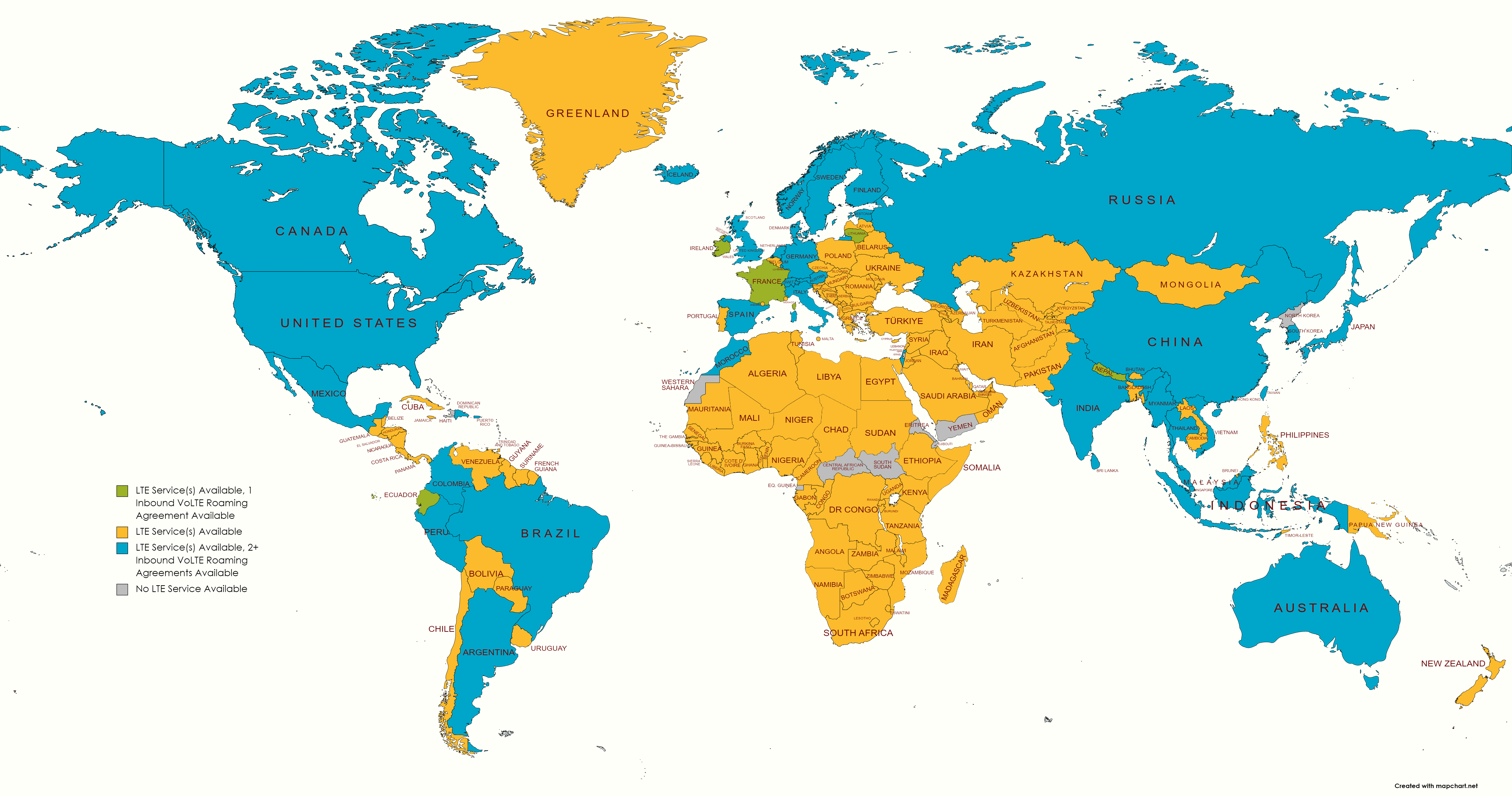
The 3rd Generation Partnership Project (3GPP) architecture has introduced a subsystem known as the IP Multimedia Subsystem (IMS) as an addition to the Packet-Switched (PS) domain. IMS supports new, IP-based multimedia services as well as interoperability with traditional telephony services. Voice Over LTE (VoLTE) is the technology to provide Voice service over LTE, However, not […]
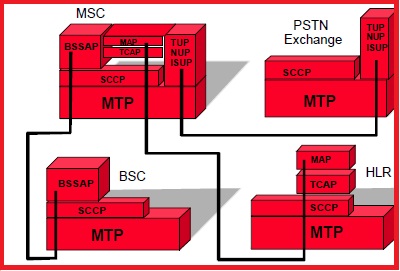
The telecommunications industry heavily relies on various protocols to facilitate the exchange of information between different network elements. One of the most important protocols in this context is the SS7 protocol. What is SS7? The SS7 protocol (Signaling System 7) is a set of signaling protocols used to control the setup, management, and teardown of […]

No doubt that Saudi Arabia is moving faster towards digital transformation including Connectivity for everyone. For that reason, you can see many trials in the NTN program. This is a summary of each trial and a simple definition for it in Airborne What is 5G NTN? 5G NTN will enable seamless roaming between terrestrial and […]
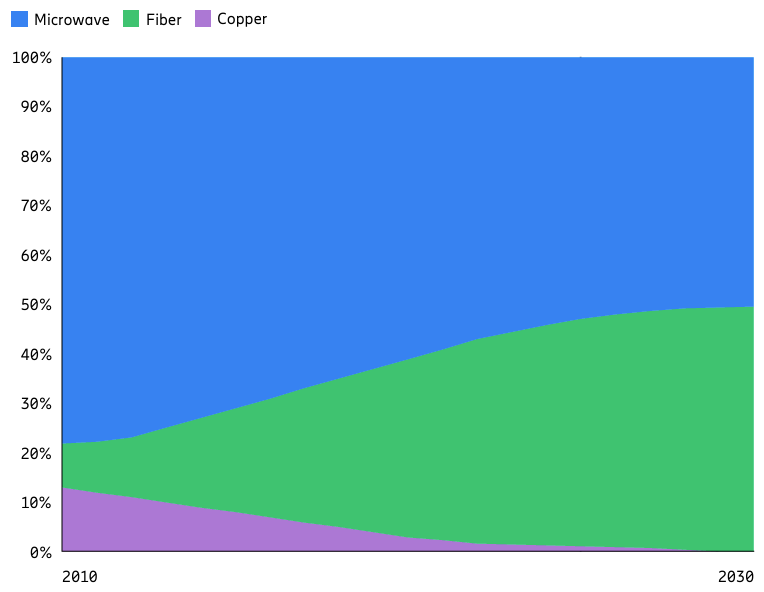
I read many papers during this year about the capabilities of microwave as a backhaul technology of 5G. I see also some claims that fiber is a mandatory technology for #5G backhauling due to the huge amount of data growth with the wider bandwidth in the spectrum in Sub-6GHz and mmWave which can exceed the 1Gpbs […]
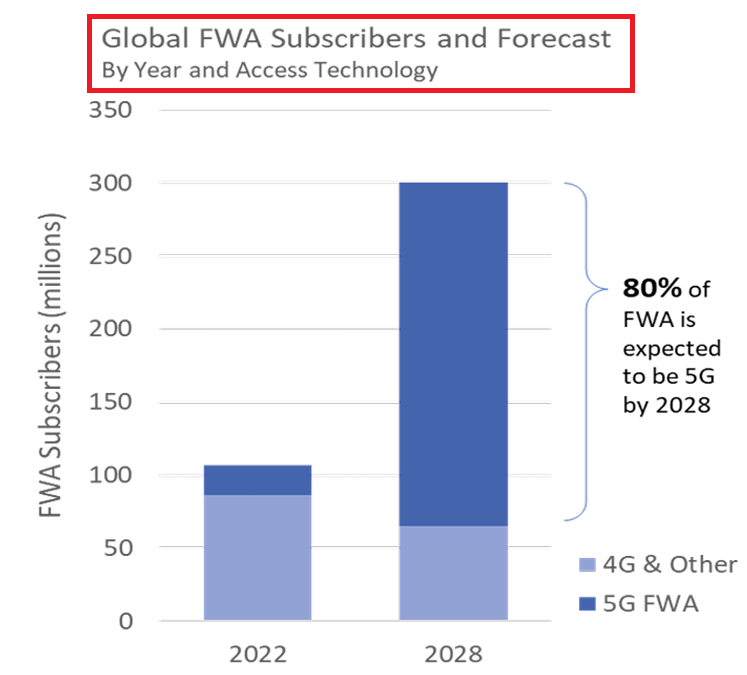
Fixed Wireless Access (FWA), a wireless link that provides connectivity to objects that are stationary or nomadic, will receive a boost thanks to improved 5G capabilities. The first 5G use case we highlight is FWA. The demand for high-speed broadband connectivity continues to grow exponentially, driven by the increasing reliance on digital technologies and the […]
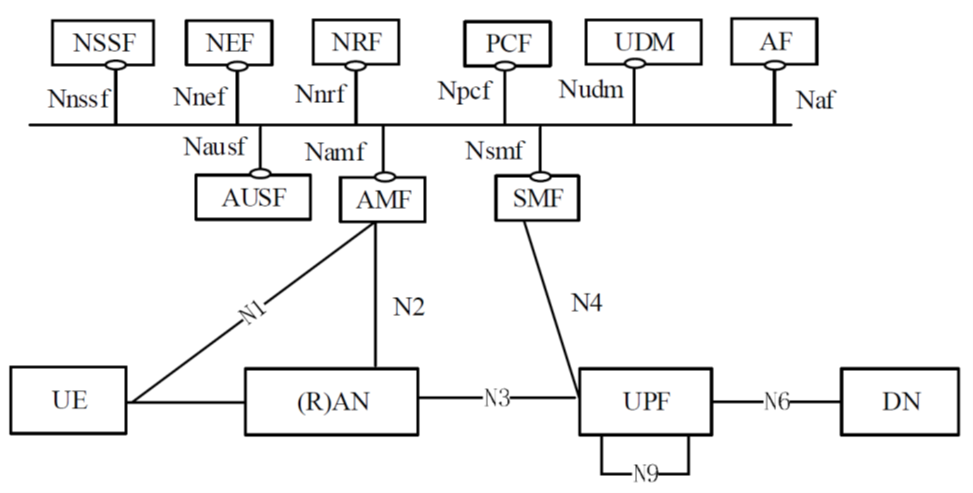
The 5GC architecture relies on a “Service-Based Architecture” (SBA) framework, where the architecture elements are defined in terms of “Network Functions” (NFs) rather than by “traditional” Network Entities. Via interfaces of a common framework, any given NF offers its services to all the other authorized NFs and/or to any “consumers” that are permitted to make […]
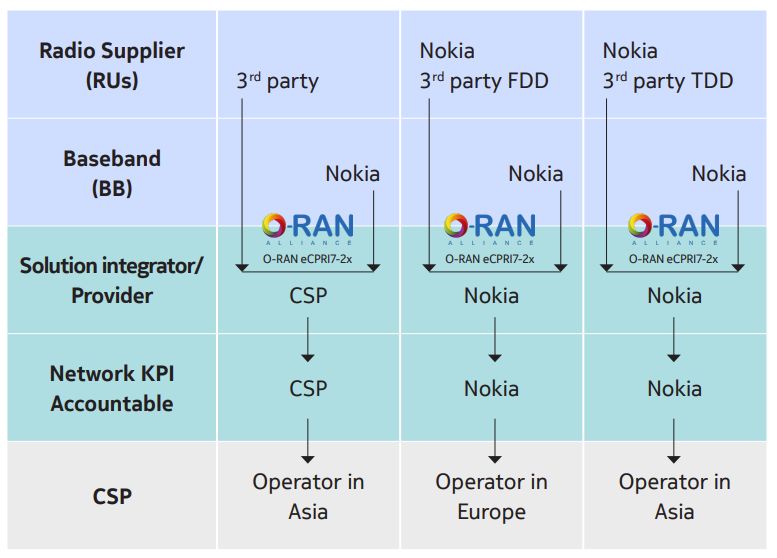
Nokia goes further into this OpenRAN game by opening its fronthaul interface with three 3rd party vendors now. Nokia has already integrated third-party TDD RRH from three suppliers with its Baseband, and the solution is available today. Nokia AirScale Baseband is qualified for commercial Open RAN deployments for both TDD RRH (FR1) and mmWave (FR2) […]
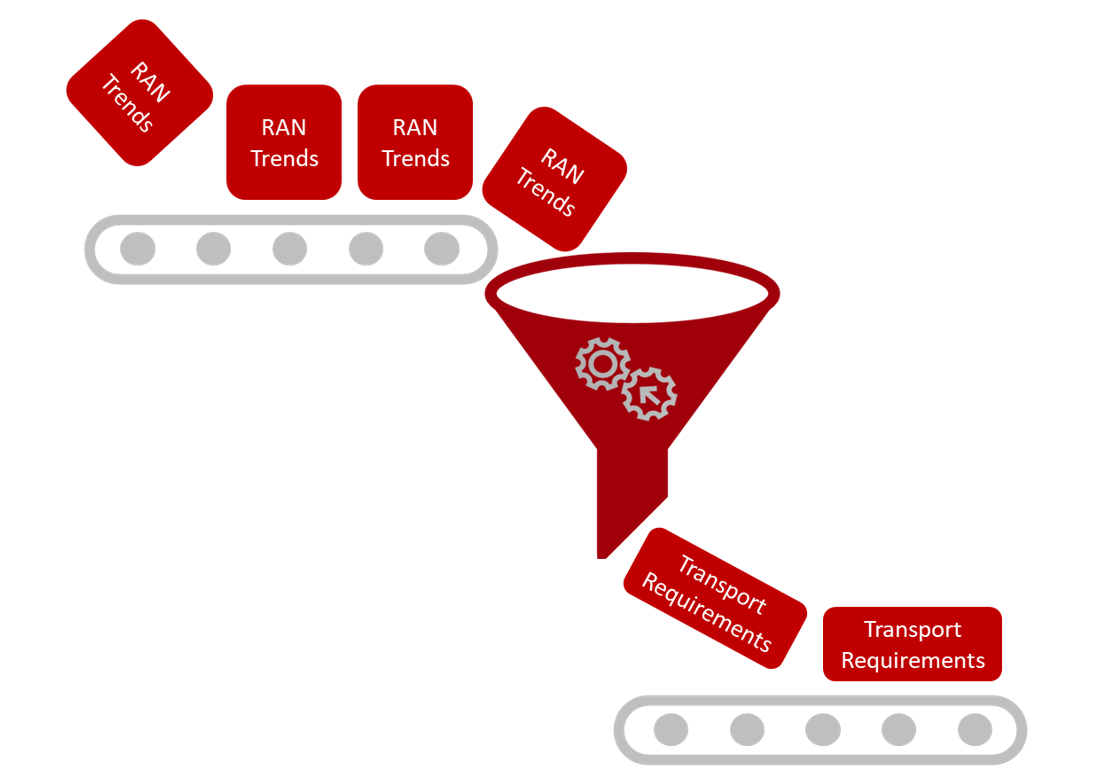
My telecom journey started 13 years ago in the access domain which more specifically we can call it RAN or Radio Access Network which mainly focuses is more towards Air interfaces including spectrum, RF elements, site components, RAN features, interfaces, protocols, …etc. However, in the last 7 years, I have seen a huge shift from […]
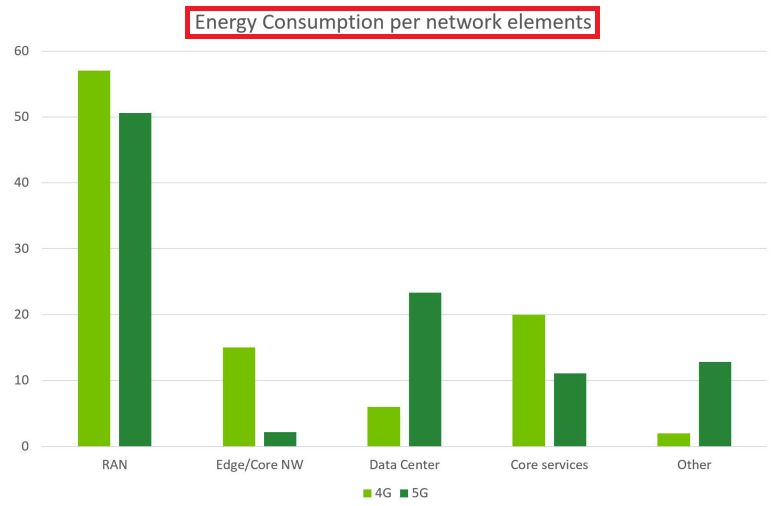
The fact of Sustainability in mobile networks starts with power reduction and meeting net-zero goals, and as we know wireless networks consume large amounts of resources, from electricity to raw materials. 📃 GSMA Intelligence published a report looking at network energy efficiency. It found that the RAN consumes 73% of the energy network operators use. 📃 Also, […]
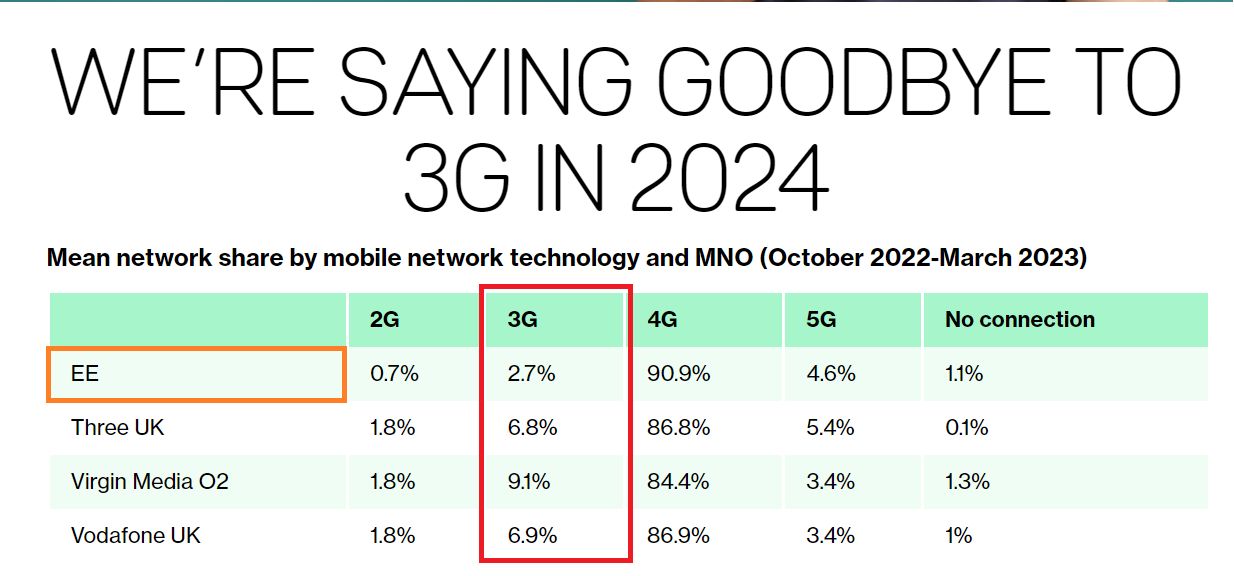
This is not the first time we discussed the 3G Shutdown or Sunset topic, however, this time the numbers will talk 🙂 All UK mobile network operators have committed to closing their 3G networks. Vodafone UK, like EE, is planning to switch off its 3G network in early 2024. Three UK is planning to sunset […]
